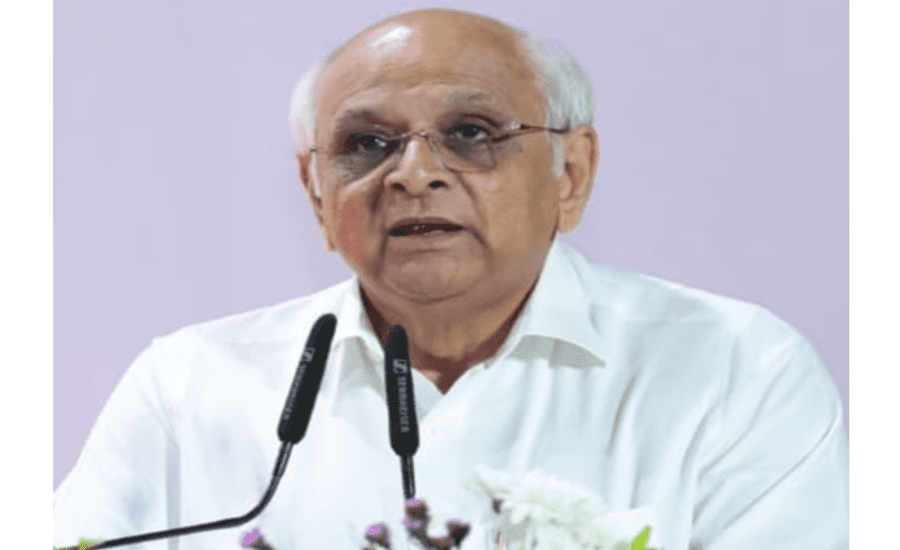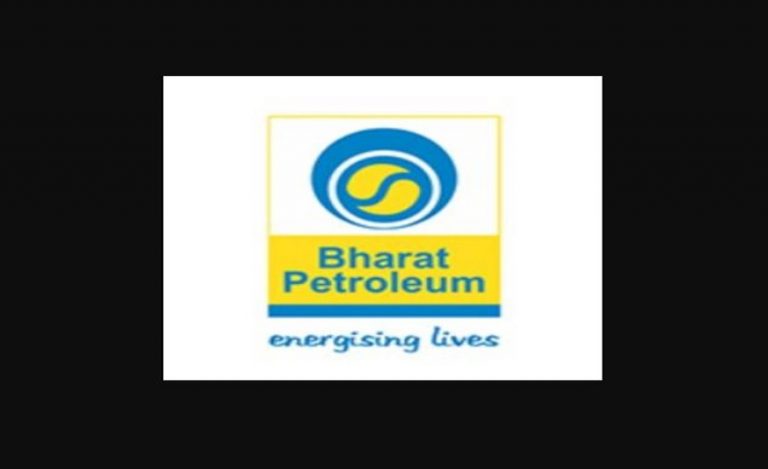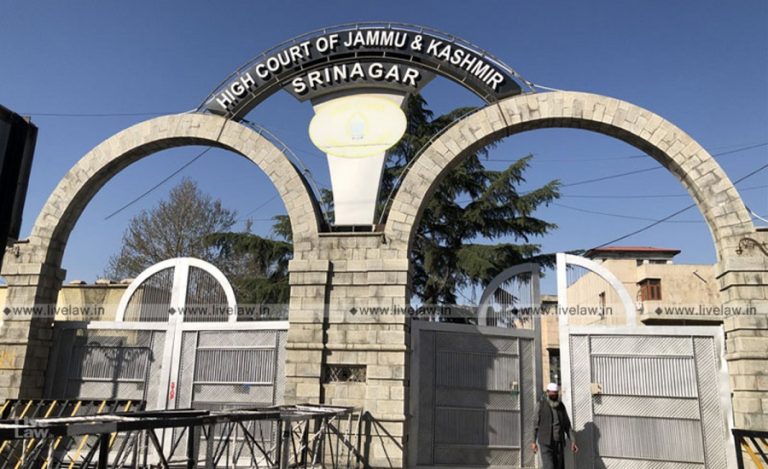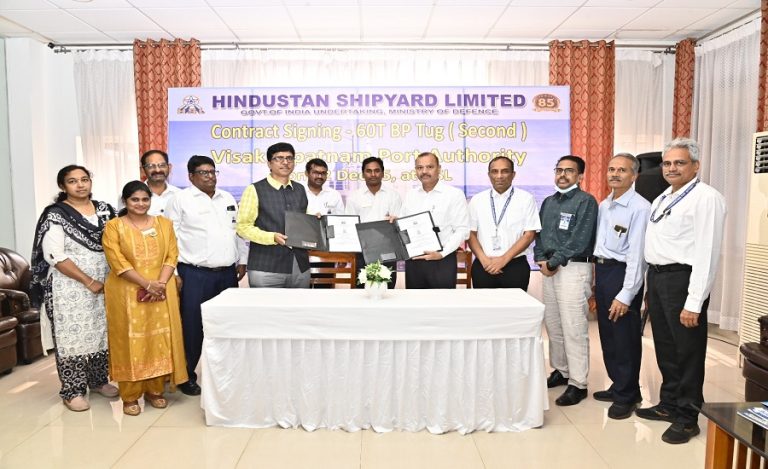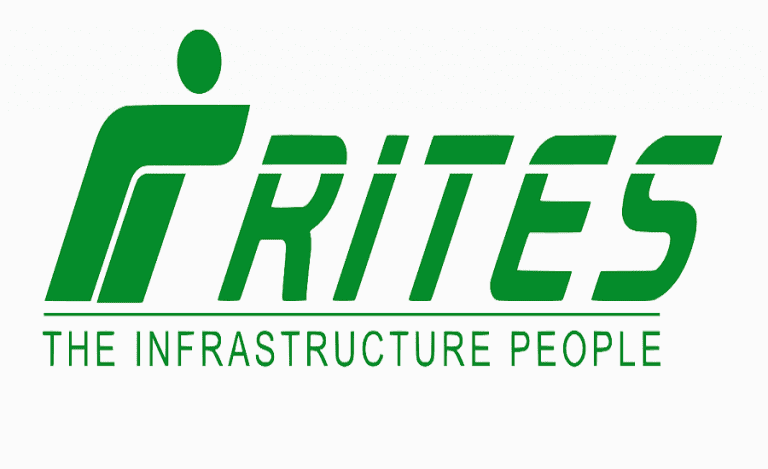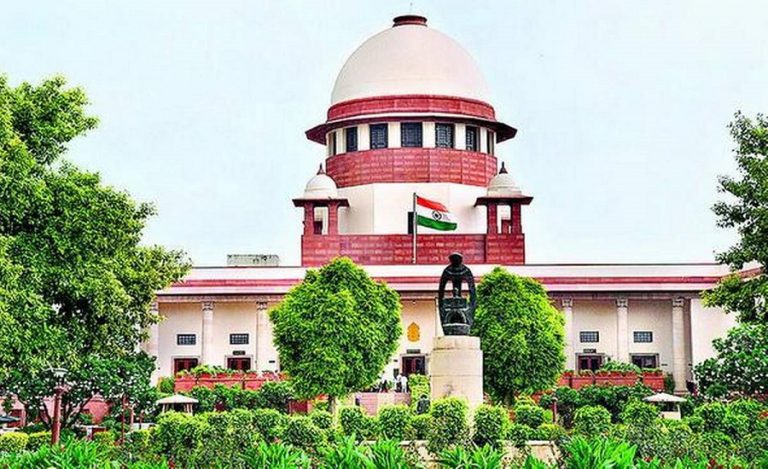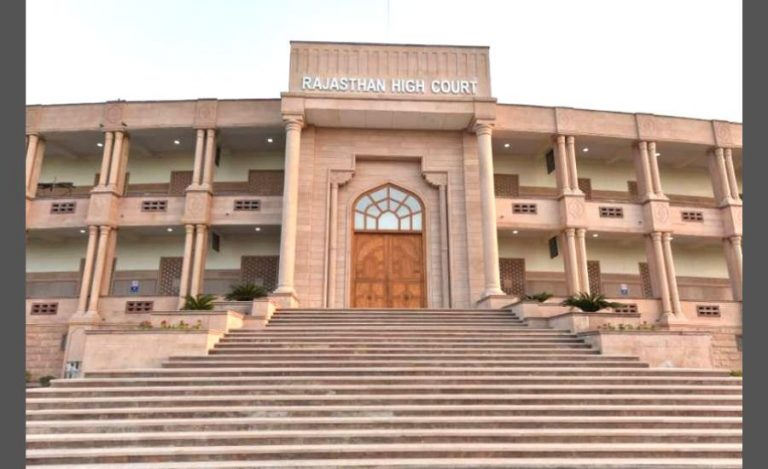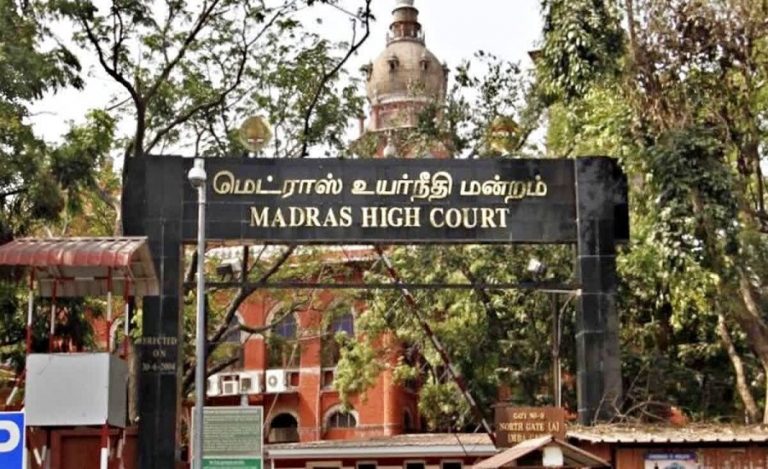Gujarat Chief Minister Mr. Bhupendra Patel on Friday inaugurated a two-day national conference focused on land administration and disaster management at Mahatma Mandir Convention Centre in Gandhinagar. Organized by the Department of Land Resources under the Ministry of Rural Development in collaboration with Gujarat’s Revenue Department, the conference serves as a platform to promote modern governance strategies under the Digital India initiative.
A New Era of Citizen-Centric Governance
Addressing a distinguished gathering of policymakers, administrators, and technical experts, Mr. Patel highlighted how citizen-centric governance and forward-looking land policies have transformed Gujarat into a national growth engine and role model for development.
He emphasized, “This national conference on Digital India, land administration, and disaster management reflects the essential elements of development—economic progress, transparent governance, and social equity. Under the visionary leadership of Prime Minister Mr. Narendra Modi, governance has evolved to become more people-centric and digitally empowered.”
Pioneering Digital Transformation in Land Records
Gujarat has been a front-runner in digital land reforms. Mr. Patel recalled that the digitisation of land records was initiated in the state as early as 2005 through the pioneering e-Dhara scheme. This landmark initiative drastically reduced red tape and made land ownership processes seamless for citizens—particularly benefiting farmers.
The state has continued its reformist approach with the launch of the iORA (Integrated Online Revenue Applications) portal, offering over 35 online land-related services. Additionally, platforms like Garvi 2.0 now provide digitised land sale deeds, Index 2 documents, and ownership records directly to citizens’ doorsteps, enhancing administrative transparency and reducing physical visits to government offices.
Indigenous Technologies Empowering Self-Reliant India
Mr. Patel underscored Gujarat’s emphasis on leveraging indigenous technology to fulfill the Prime Minister’s vision of an Aatmanirbhar Bharat (self-reliant India). Technologies developed by national institutions like BISAG, ISRO, and NIC have been integrated for satellite-based land measurement and implementation of the SWAMITVA scheme, which provides legal ownership of residential lands in rural India.
“These initiatives have resolved countless land disputes and helped millions establish undisputed land ownership,” Mr. Patel said, adding that this has led to a reduction in family property disputes and administrative delays.
Integrated Approach to Land and Disaster Management
As a coastal state prone to natural calamities, Gujarat has also prioritized integrating land governance with disaster management strategies. Mr. Patel highlighted the state’s adoption of a zero-casualty approach in response to natural disasters, which has become a model for other states.
Under the National Cyclone Risk Mitigation Project, the Gujarat government has constructed 76 multipurpose cyclone shelters across 11 coastal districts to strengthen community resilience and emergency preparedness.
Looking Ahead: Vision for Developed India
Mr. Patel concluded by reaffirming that India, under PM Modi’s leadership, is progressing rapidly toward becoming a developed nation. He praised the Centre’s Digital India Land Records Modernisation Programme (DILRMP), describing it as a cornerstone of transparency, governance, and justice for marginalised sections of society.
Also Read: Navratri 2025: Gujarat CM Bhupendra Patel Joins Garba Celebrations Across East Ahmedabad

